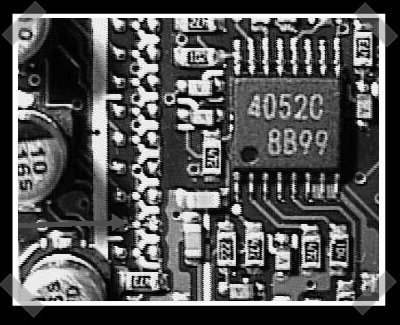
I was pondering our archive and noticed that we’ve never given attention to some of the more interesting amateur radio hacks. I’d say that most of the amateur radios on the market are susceptible to modding. The mods generally result in a wider band of transmission or reception. I used to own an Icom 706MKII – a serious mobile rig that, after removing a diode or two, gains an extremely wide transmission band. You can find a range of mods here – most are just a quick google away. (The FCC won’t be happy if they find you using an unlicensed device, but there’s an argument for having the capability in case of emergency.)
Author: Will O'Brien805 Articles
Postal Hacking

Apparently our Russian brethren have some issues ordering things online. Their shipping solution? A bit of remote social engineering. Thanks to the nature of Russian addresses – that is, the language is pretty easy to recognize – they’ve found that putting down their address in Russia along with a Canadian zip code will usually result in the package being forwarded along thanks to the thoughtful Canadian postal workers. Thanks [Jock]
Social engineering not your thing? OK, well here’s a few extra hacks to chew on. [Sam] thinks you should wrap your electronics in a condom to keep em dry. If you’re in NY, you might want to check out the circuit bending festival. Oh, and if you’ve had your head in the sand, you might have missed the steam powered R2D2.
One Pin Diy Dot Matrix Printer
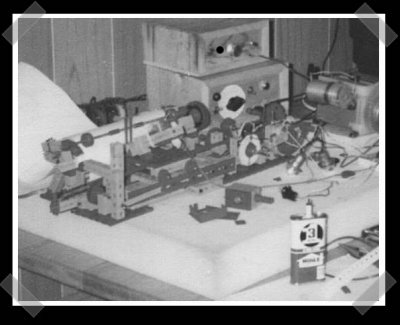
I’m pretty sure that in 1986 all I wanted was a new pair of hi-tops. While I was hoping for new shoes, [Matthias] built this printer for his commodore 64 using a ball point pin and a solenoid to form a hybrid plotter/one pin dot matrix. If you’ve got a few minutes, [Matthias] has quite a few interesting hacks on his site.
Mechanical Xeyes
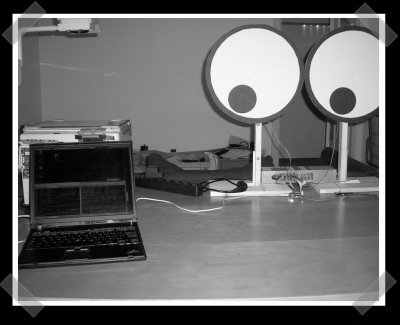
This project, courtesy of [fbz] brings back memories. Xeyes is one of those classic apps – handy for testing out connections and great for screwing with new people who had wide open servers. [Zn000h] built this set of mechanical Xeyes – instead of following a mouse, it samples video and follows the highest contrasting moving object around. (See the description for more on the video filter) The data is passed on via USB to a set of ATTINY controlled servo operated eyes. Just in case the server can’t handle the load, you can find pictures of the setup here.
Fonera Ram Upgrade
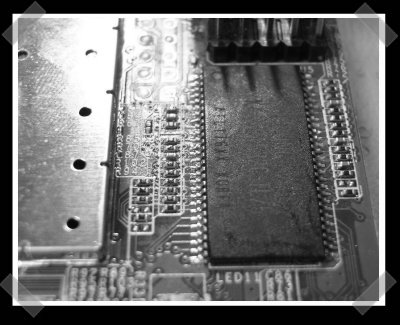
[buggs187] thought of this when he saw the dual antenna lafonera mod. [Goldserv] picked up a SODIMM off ebay with the right chips and used a SMD removal kit to swap out the 16MB SMD memory chip. After some software patching, he managed to get the full 32MB recognized.
RS-232 USB Madness
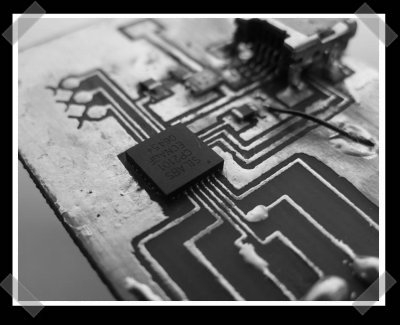
If you’ve been amused by the lengths people go through to speak to a serial device these days. [timmeh] just took the cake. He build his own frikkin’ tiny RS-232 to USB interface with the diminutive SIL CP2101. The package on it is QFN-28 (If PLCC is Darth Vader, QFN-28 is his mean little brother.) That said, if you prefer to work with stuff that talks TTL or RS-232, this could be a handy add-on to pop a USB port on your project. (Oh, look, they have samples…) Sure, we’ve beaten the serial connections to death, but they’re so handy we just can’t resist. It may be a decent way to add a serial port to your laptop. (Picture this: dell’s bluetooth cards are usb devices – you could add one of these without even voiding your warranty.)
G-force Logger W/video Sync
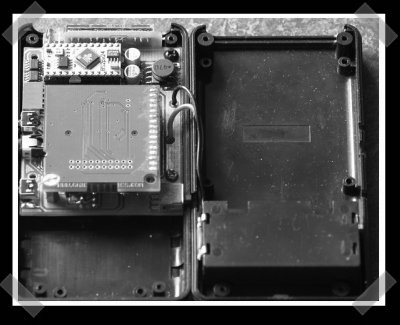
[Marcus] sent in his rather interesting g-force logger. He’s posted most of the bits, but hasn’t quite released all the info you’d need to build your own. The most interesting part is the video camera time sync. He used a SD development board for the data logging along with an accelerometer to produce the data. The latest version features selectable internal and external sensors and decent size reduction. I’d like to see something like this combined with a high sensitivity GPS sensor to record skydiving or hangliding.










